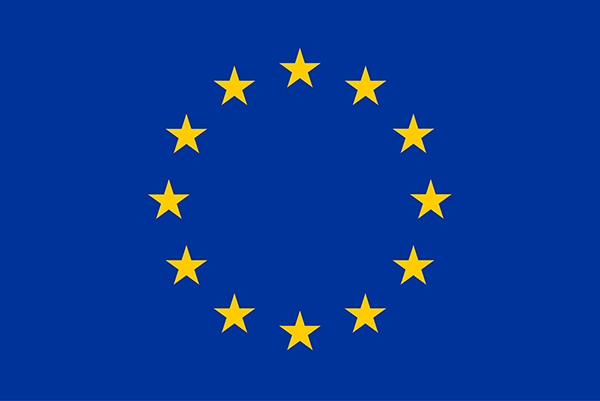Further information about the workshop is available online at
Posts Tagged: ‘robot’
TRADR at RoboCup 2016
The TRADR project displayed its newest developments at the RoboCup 2016 in Leipzig. There, we participated in a joint booth of several EU-funded projects, hosted by the euRobotics association.
During the four days, the team, consisting of different project partners, presented our approach and our technique to both public and scientific audience and established contacts throughout the robotics world. Our booth included a running UGV where visitors could get an impression of the collected sensor data as well as an arm for manipulation. Our team consisted of different members of the project, reaching from UGV-experts over data processing to human-robot interaction as well as EndUsers.
Announcement: euRathlon – TRADR Summer School, August 22-26, 2016 in Oulu, Finland
The euRathlon/TRADR Workshop and Summer School 2016 on Heterogeneity in Robotics Systems is designed as a five-day course to provide participants with both theoretical and practical insight in multi-domain real robotic systems for deployment in disaster response scenarios. The trend in this area is going towards multi-robot systems with different outfits, processing powers and operation spaces (ground, water, air) that shall be deployed over long periods and several sorties. This raises many challenges, including multi-modal heterogeneous mapping, semantic analysis and reasoning, (collaborative) planning under uncertainty. The summer school program will consist of lectures on these topics, and hands-on sessions during which the participants work on practical tasks using several robots with different sensory equipment. The intended audience is undergraduate students, Master students, PhD students, postdoc students, researchers from universities/organizations and engineers from industry companies around the world.
The summer school is jointly organised by EURATHLON and TRADR EU Horizon 2020 and FP7 projects, respectively.
Organisers
Juha Röning (University of Oulu, Finland)
Ivana Kruijff-Korbayová (DFKI, Germany)
Marta Palau Franco (UWE Bristol, UK)
Abel Gawel (ETH Zurich, Switzerland)
Renaud Dubé (ETH Zurich, Switzerland)
Summers school venue
Oulu, Finland, at the University of Oulu. www.oulu.fi
Pentti Kaiteran katu 1, 90014 Oulu, Finland.
Important dates
– Application deadline 31 May 2016
– Notification of acceptance: 3 June 2016
– Registration deadline: 15 June 2016
– Summer school kick-off: 22 August 2016
Submission guidelines
Applications should be submitted via email in PDF format to Prof Juha Röning (eurathlon@uwe.ac.uk). All applicants must provide a free format letter (max. 2 pages) describing their research. Papers/posters are not compulsory for attending the summer school, but participants who have submitted a paper will have priority over participants who haven not submitted one.
- Registration fee with accommodation: 230€/person
- Registration fee without accommodation: 60€/person
Students enrolled in EU Universities, EU Research Centres or EU Companies have the possibility of getting travel support.
TRADR Year 2 Review in Dortmund, Germany



